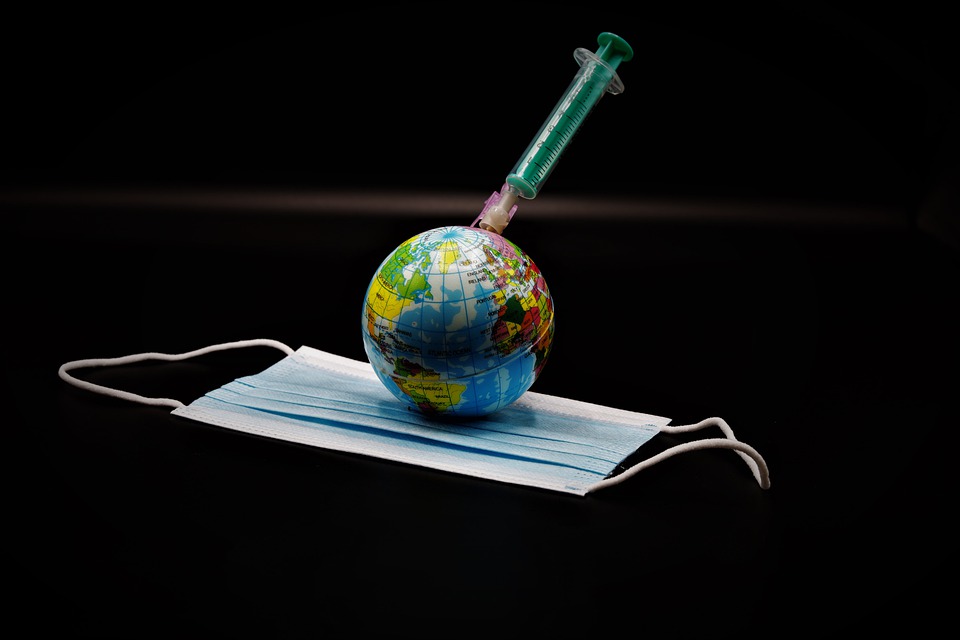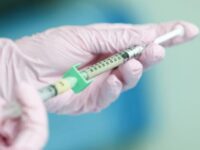The race to develop a vaccine for the ongoing COVID-19 pandemic spans across the world as the virus continues to take thousands of lives every day. Unfortunately, the fastest vaccines typically take at least five years to fully develop; this includes multiple failed attempts before commercializing an effective vaccine that successfully passes all clinical trials and safety guidelines. As businesses start to reopen across the country and social distancing guidelines continue to be ignored, infection rates coming into Fourth of July weekend are at an all time high. With another wave expected later this year, the rapid development of a vaccine could save thousands of lives.
In order to fully understand the lengthy vaccine development process, how the vaccine is able to give an individual immunity to the virus must also be understood. Vaccines are developed in order to mimic the agents of the virus, so that the immune system can build a defense system without directly experiencing the negative symptoms associated with infection.
When the virus first enters the body, an antigen presenting cell (APC) breaks down the virus and displays the antigens on its surface, which are detected by T-helper cells to alert an immune response. This response recruits two types of B cells: plasma and memory cells. Plasma B cells are antibody factories. The produced antibodies can then attach to the antigens on the virus prohibiting it from entering the cells. More critical are memory B cells, which memorize how to produce these antibodies, so the immune system can respond stronger and swifter if ever exposed to the virus again.
Starting in the lab, the traditional vaccine development process begins with isolation of the virus from an affected individual, which is then grown in bioreactors and harvested for modifications.
Starting in the lab, the traditional vaccine development process begins with isolation of the virus from an affected individual, which is then grown in bioreactors and harvested for modifications. These modifications can range widely based on the virus and can include weakening, inactivating, or removing a portion of the virus so that an immune response is still activated with no symptoms.
Since a vaccine requires injecting parts or the entire virus into the patient, there are multiple safety guidelines that are regulated by the Center for Biologics Evaluation and Research. Once a vaccine candidate has been developed, it undergoes a series of preclinical trials, which must prove its effectiveness and safety before moving onto clinical trials. The three stages of clinical trials allow the companies to evaluate the safety and effectiveness directly in humans, while also determining the correct dosage and possible side effects. On top of ensuring the vaccine is safe and effective, manufacturing development is equally important in order to ensure that the commercialization of the vaccine is able to support distribution to a large population.
The three stages of clinical trials allow the companies to evaluate the safety and effectiveness directly in humans, while also determining the correct dosage and possible side effects.
This is a very extensive, time-consuming process that would take extremely long to complete during the current pandemic. Thus, during an outbreak, this timeline is often accelerated by overlapping the pre-clinical, clinical, and manufacturing phases. During a public health emergency, the FDA is allowed to authorize emergency-use potentially before all the usual bars have been met. This, combined with compressing the timeline, is leaving the public with many reservations. Even with the possibility of record breaking release, as companies continue to push the regulation limits, the vaccine may not be as widely accepted or effective as needed to stop the spread.
As of early April 2020, there are about 115 vaccine candidates in development across the globe. The most advanced candidate being the mRNA-1273 from Moderna, which was developed at a record pace of 42 days. This was possible with a newer variety of vaccines that do not involve directly injecting the virus into the patients. Similarly to the traditional process, the virus is isolated from an infected individual. However, instead of direct injection, Moderna uses mRNA. It encodes for the instructions on how to make the spike protein, a necessary agent of the COVID-19 virus that allows it to invade cells. The mRNA is taken in by APCs in the immune system, and they are able to directly use the mRNA to produce the protein with the components they’re already equipped with. The development of RNA vaccines are becoming more common because of shorter manufacturing times and easier antigen manipulation, so although no mRNA vaccines are available to date, their popularity is expected to increase in the future.
As Moderna starts to move into Phase 2 of clinical trials and prepares for Phase 3 in July 2020, the potential to have a vaccine for emergency use in 2021 seems hopeful. However, if the vaccine continues to pass all the development stages, the collaboration between companies, manufacturing plants, and governments around the world will be essential for its quick production and delivery to all affected regions.
Although the wide distribution of a vaccine to the general public is still far out, the rapid development of such an advanced candidate in this timeframe is a feat that truly displays the power and advancement of the biotech industry.
The New England Journal of Medicine (2020). DOI: 10.1056/NEJMp2005630
Nature (2020). DOI: 10.1038/d41573–020–00073–5
Image source: Pixabay.






